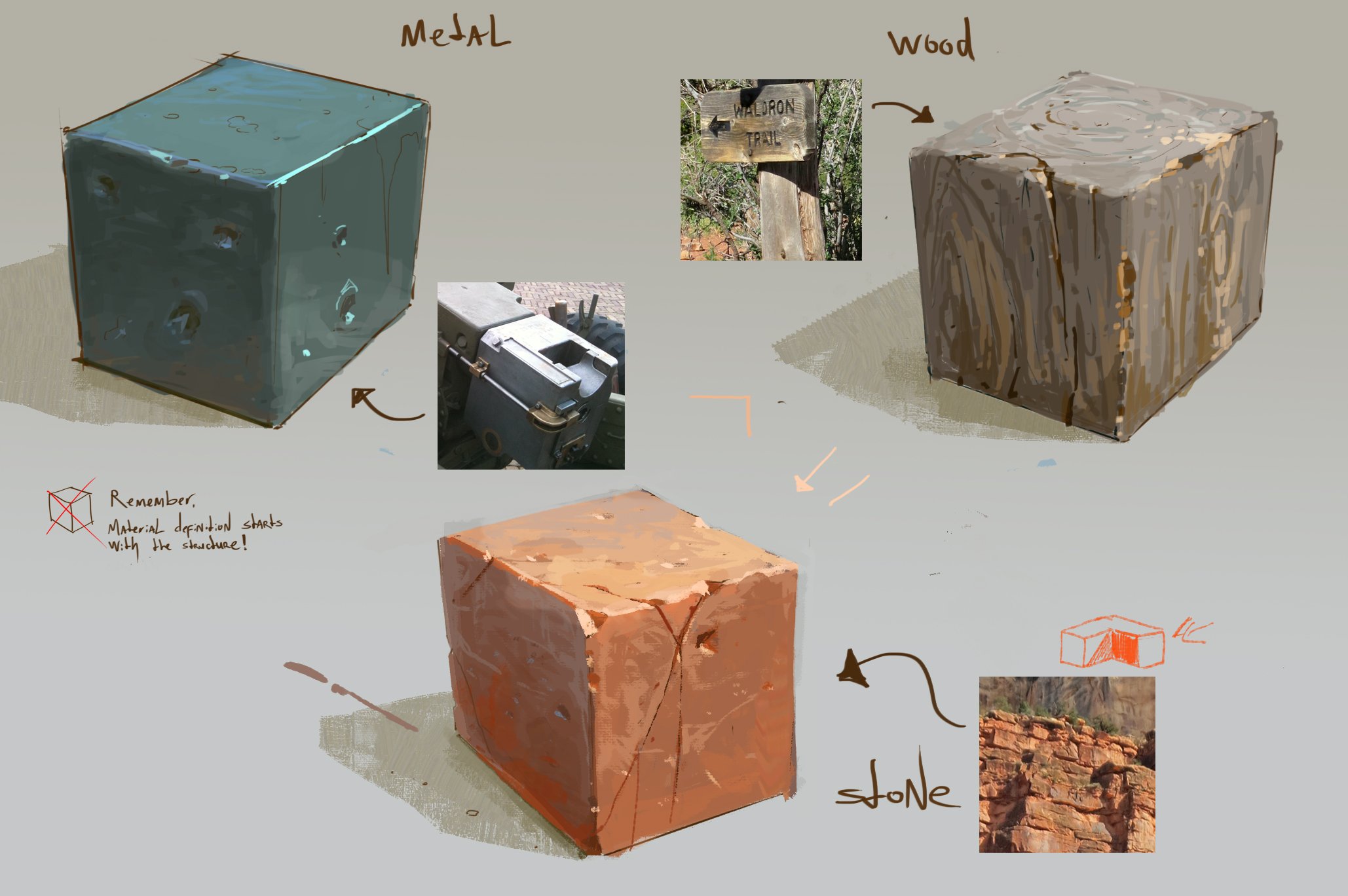INTRO TO DIGITAL PAINTING
Time: Friday 10:00 am - 1:00 pm CET
First Class: 18.04.2025 or 31.10.2025
Class length: 6 weeks
Instructor: Darek Zabrocki/Michal Kus
Location: ON-SITE / ONLINE
Course type: LIVE SESSIONS
Limited seats: 15
Time: Friday 10:00 am - 1:00 pm CET
First Class: 18.04.2025 or 31.10.2025
Class length: 6 weeks
Instructor: Darek Zabrocki/Michal Kus
Location: ON-SITE / ONLINE
Course type: LIVE SESSIONS
Limited seats: 15
Time: Friday 10:00 am - 1:00 pm CET
First Class: 18.04.2025 or 31.10.2025
Class length: 6 weeks
Instructor: Darek Zabrocki/Michal Kus
Location: ON-SITE / ONLINE
Course type: LIVE SESSIONS
Limited seats: 15
This class prepares the students to develop an understanding of visual communication. Regardless if it is a piece of environment or a vehicle design we have to stick to the same physical rules which we will use as a framework for our artworks. The fundamental skills of digital painting will cover the knowledge of how light and colors work, how to define materials, and many more! We prepare for industry standards using professional equipment. Classes can be taken on–site or online, from every place that makes your learning comfortable and drives your creativity. Please note: This class is 1 of the 3 classes of the Full Intro Term. Primarily, every ‘’Intro’’ class is designed to abide by our full program of the ‘’Full Intro Term’’. We recommend signing up for the ‘’Full Intro Term’’ for the full experience and knowledge acquisition.
Class main features:
- The unique opportunity to learn from the mistakes of your veteran instructor which took years to realize. Students get a serious head-start because of this,
- Art Guidance and unique opportunity to witness live demos in making by industry professionals Darek Zabrocki and Michał Kus,
- Understanding of colors, perspective, shapes, perceptiveness, forms, perceptiveness,
- Understanding of visual communication, materials and how light reacts on them,
- Applying knowledge in an effective and logical manner from studies made during classes,
- Building a strong foundation for concept art and illustration,
- Landscape studies,
- Preparation for starting more advanced designs,
- Homework that improves you in every way, week to week,
- Learning the arrangement of elements is put together in such a way to form a harmonious whole
- Recreating game designs.
What do you need to bring to the table?
- Dedication and passion for concept design and illustration,
- Equipment – laptop or tablet and Photoshop or some other 2D graphics program (and knowledge how to use it),
- Discipline to fulfill homework,
- Ability to speak and understand classes in English.
Week to week - Brief schedule*
Week 1 - calibration of skills of the students in class. Introduction to an array of topics to see how well students handle what they already know.
Week 2 - understanding logical dissection of basic material features. Developing the necessary skills in order to understand material definition on all kinds of materials and how they react to basic lighting scenarios. Using fundamental drawing skills in order to visualize different kinds of materials.
Week 3 - further development of understanding materials and their features. understand how colors work in basic lighting scenarios and how to visualize them.
Week 4 - introduction on understanding light and how environments and scenes are lid and how they impact all the materials involved.
Week 5 - introduction to painting samples of landscapes. Understanding logically how to depict materials and shapes in your scene. Extensive studies from landscape reference. Gaining the ability to understand our reference material by understanding what we paint and not only paint what we see.
Week 6 - further development of understanding how to tackle landscapes and involving everything learnt so far. Introduction to composition. How to enable the creative mind when visually communicating through digital painting with all the knowledge obtained so far.
*Please note. Even though we adhere to a week-by-week structure for our class program, the course’s structure is subject to modification in order to calibrate and optimize the class to the students’’ needs. This is to always actively work on the best possible knowledge channeling for our students.







